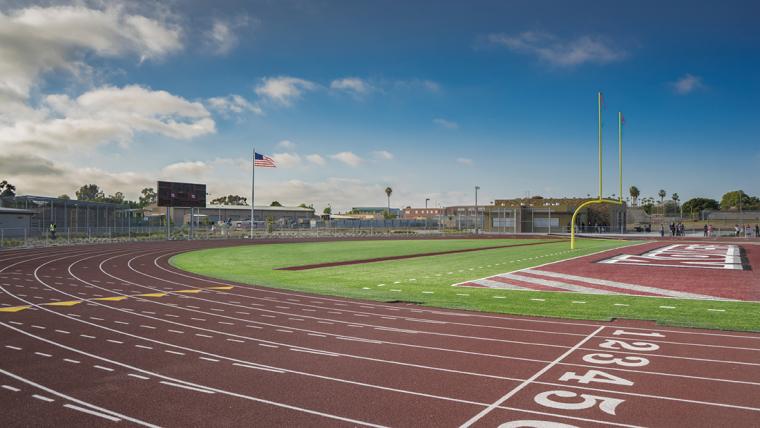
www.usatf.org

USA Track & Field is the United States national governing body for the sports of track and field, cross country running, road running and racewalking. It is headquartered in Indianapolis, Indiana.
Sports Destination Management: Track & field is incredibly popular, especially at the high school level.
Ed Gorman: It really is. If you look at the participation statistics from the National Federation of State High School Associations, you’ll see it listed in the top 10 most popular sports for both boys and girls every year.
One of the great things about it as a high school sport is that parents don’t need to incur a lot of expenses for equipment. Kids need a good pair of shoes and their uniforms.
SDM: And with the recent Summer Olympics and the standout performances of U.S. athletes there, it’s likely a lot of kids will want to participate at the high school level.
Gorman: Absolutely. Something else to keep in mind is that when people are picked to go to the Olympics in track & field, 80 percent of them come from college programs. People kind of forget that.
SDM: We’re also seeing plenty of participations in road racing, from 5Ks to marathons, nationwide.
Gorman: Cross country is big at the high school and college levels too.
SDM: What is the inventory of facilities like nationwide?
 Gorman: There are some great facilities, depending on where you are. We talk to a lot of people who want to put in a track and the most important thing to find out is what they want to do. That has a lot to do with planning the facility. Obviously, you need the right amount of land but beyond that, the question is why you want the track.
Gorman: There are some great facilities, depending on where you are. We talk to a lot of people who want to put in a track and the most important thing to find out is what they want to do. That has a lot to do with planning the facility. Obviously, you need the right amount of land but beyond that, the question is why you want the track.
If you just want to have a little six-lane track that goes around their field that their athletes can run on, or where people can jog, that’s one thing. If they want a big eight-lane track that can host meets, that facility is going to have to be built differently because it is going to be held to a higher standard.
Something else people need to take into consideration is whether they will be having field events like high jump and triple jump, for example. There’s also the question of throwing events like discus, shot put, hammer and javelin throw; in 20 states, we have sanctioned high school competitions in javelin, for example. If you want to have a synthetic turf field, you have to have somewhere else to throw the javelin.
SDM: Is it big-picture thinking?
Gorman: I’d say you have to look at things holistically. You need to provide parking, restrooms, locker rooms, areas for teams and spectators, places for athletes to warm up and cool down, lighting in case your meets run late or are delayed by rain; there’s a lot that goes into planning a facility and not everyone sees that.
SDM: Tracks also have to be certified.
Gorman: Yes, if an athlete has an outstanding performance, it has to be on a certified track in order for it to be an official record. We had a case last year where a kid was running in a meet and turned in an incredibly fast time, but he had to be told that time didn’t count toward a record because the track wasn’t certified.
SDM: If destinations or organizations want to reach out to you in order to discuss having a track put in, or whether they have the right facilities for hosting an event, can they do that?
Gorman: Yes, they can contact me at ed.gorman@usatf.org. SDM

